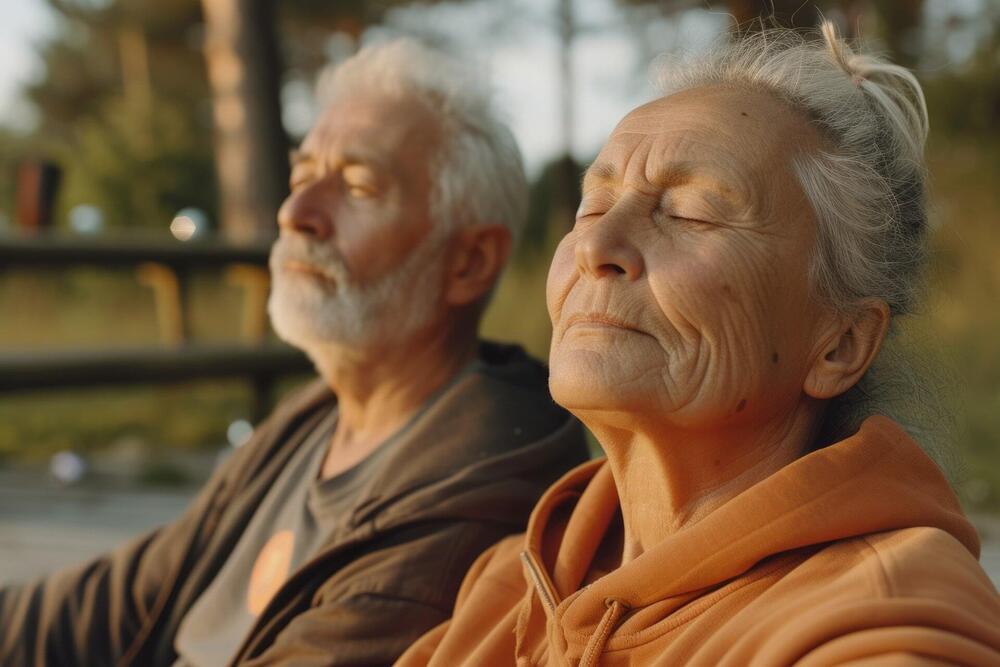AI’s impact extends beyond operational efficiency; it is vital in boosting job satisfaction and retention among hourly workers. Inconsistent scheduling and poor communication have long been pain points for this group, especially as one in five Gen-Z workers juggles multiple jobs (poly-employment). AI will directly address the challenges associated with this shift through predictive scheduling and real-time updates, providing clear and reliable expectations. It’s truly a win-win: When employees are on time, customers receive the quality service they deserve.
The World Economic Forum predicts that 23% of global jobs will change in the next five years due to industry shifts, including AI. Through AI, employees can receive support with ongoing training and development tailored to their unique needs and career goals. By providing accessible, on-demand learning, it empowers workers to upskill and grow within their roles, fostering a sense of progress and fulfillment. These resources are essential for Gen-Z, who prioritize personal growth and are likelier to stay with employers who invest in their development.
As we look toward the future, it’s clear that AI is not just a tool for corporate jobs but also a powerful ally for the hourly workforce. By embracing AI, businesses can meet diverse employee needs, enhance productivity and create work environments that are technologically advanced and genuinely supportive. However, for AI to reach its potential in workplaces, industry-wide standards around data transparency and ethical practices are essential.








